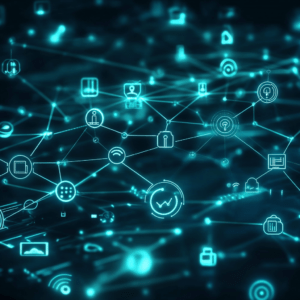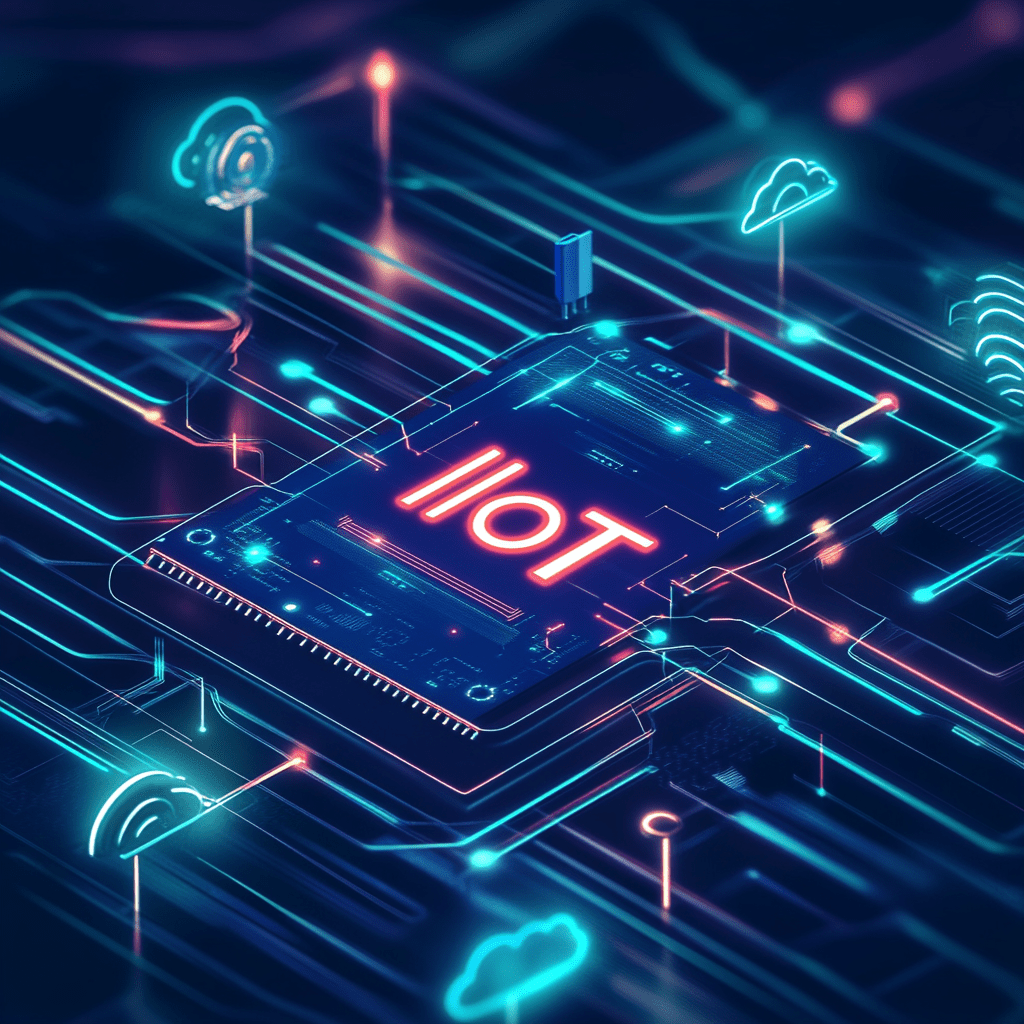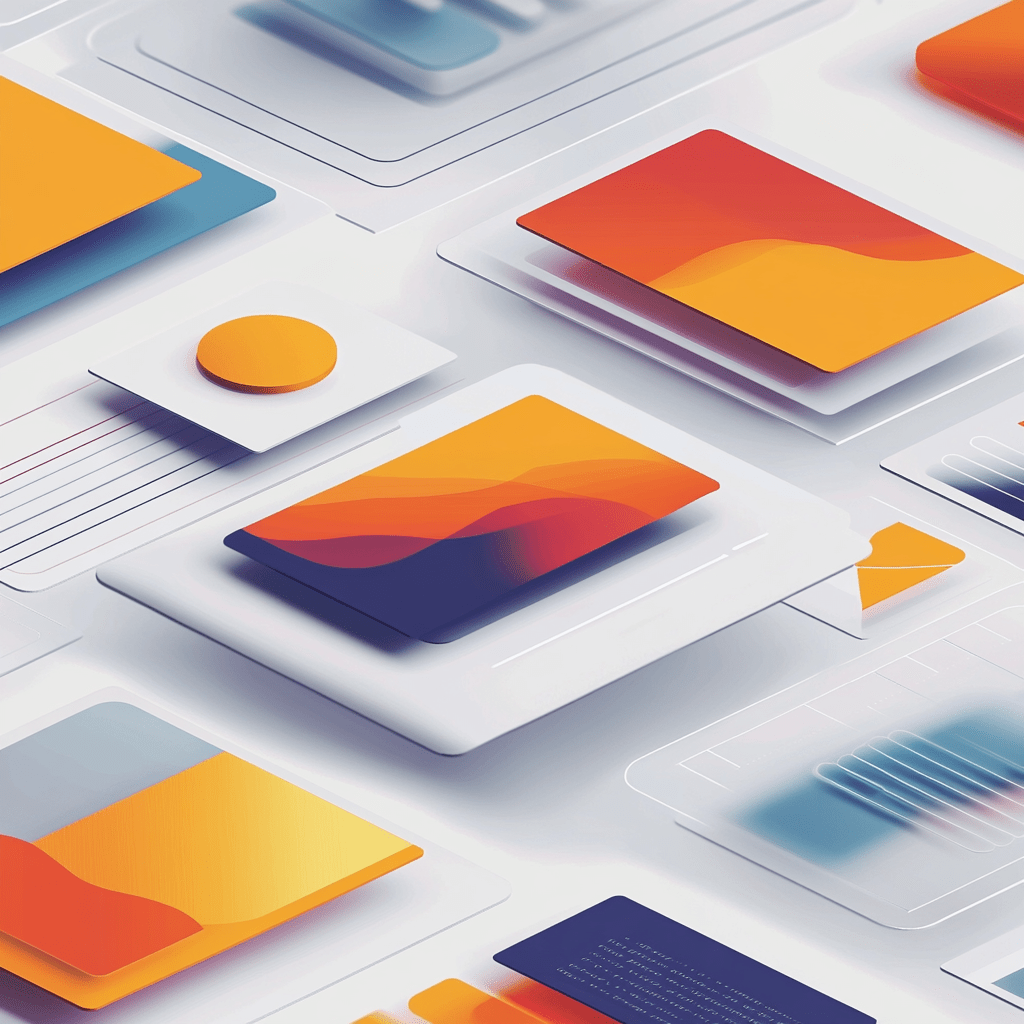
What is IoT development and how does it work?
In an increasingly digital world, the figure of the web designer in Barcelona has become essential for any company that
What is LoT and how is it developing? We live surrounded by smart devices. From the thermostat in the dining room to the clock that measures the quality of sleep. In fact, all of this is part of an ecosystem that is growing at a rapid pace: the Internet of Things, or IoT (Internet of Things).
Now, how do these applications work? What processes are behind it so that a sensor can talk to a mobile app or an automated system? This is precisely where IoT application development comes into play, a discipline that combines hardware, programming, usability and connectivity.
For agencies like wwwarcelona , with an orientation towards strategic and digital design, understanding and participating in these environments is, therefore, key to offering connected and competitive solutions in today’s market.
An IoT application is not just a conventional app. Rather, it is a piece within a larger system that connects the physical world with the digital one.
In general terms, operation can be divided into three essential levels:
For example, a temperature sensor sends information to the cloud. The user then sees it in the app and can set up alerts or automatic actions. This Real-time data flow is, without a doubt, the essence of IoT.
In terms of communication, IoT devices communicate through protocols such as MQTT, CoAP or HTTP, using technologies such as Wi-Fi, Bluetooth, Zigbee or LPWAN networks. Depending on the project, each use case determines which is the best option in terms of energy consumption, range and speed.
To understand how these applications are developed, first of all you need to know the fundamental blocks:
On the one hand, sensors collect information: temperature, light, movement, pressure, etc. On the other hand, actuators execute actions such as turning on a light or opening a valve. Together, they are the interface with the physical world.
Platforms like Arduino, ESP32 or STM32 they are used to control sensors and manage the connection with other devices. So this is the heart of the IoT system.
Obviously, without a connection there is no IoT. Therefore, the choice between Wi-Fi, 4G, NB-IoT or LoRaWAN will depend on the location, battery needs and data volume.
Finally, a fundamental part is the IoT backend, which processes and stores information. Platforms such as AWS IoT, Google Cloud IoT or Microsoft Azure allow the development of scalable and secure systems.

Ask us for a meeting to discuss your project.
Currently, the main options include:
Together, these platforms allow device authentication, event management, data storage, and action automation.
Regarding the development of IoT applications, languages such as:
In this scenario, interface design (UI) and user experience (UX) play a crucial role when the user has to control devices or visualize complex data.
The process of an IoT project follows several phases, similar but more complex than those of a traditional app.
As a first step, everything starts with understanding the problem to be solved. To do this, it is necessary to define what data needs to be collected, how it will be used, and with which device or system it will be connected.
Next, a functional prototype of the device is built using boards such as Arduino or ESP32. This allows the initial operating hypotheses to be quickly validated.
In this phase, the behavior of the device is programmed: what it should do, how it connects and how it sends information. This programming is key to guaranteeing reliability and efficiency.

In parallel, the server processes data, sends notifications, and manages intelligent rules. This layer ensures the logic and centralized control of the system.
Finally, the end user needs a clear and fast interface to control the system. The quality of this experience can make the difference in product adoption.
At wwwarcelona, digital product development includes the alignment between technology and brand , thus creating complete experiences from functionality to the perception of value.

IoT application development is a vibrant area, with great capacity for innovation and practical applications.. In fact, from the home to the city, from health to industry, connected systems are part of our present… and will define our future.
Therefore, companies that want to differentiate themselves need to understand that IoT is not just technology, but also experience, usability and trust. That’s why, Having digital partners like wwwarcelona can make the difference between a simple application and a truly useful and memorable solution.
We advise you so that your projects take shape. Our team of designers, programmers and technology experts is ready to help you develop the ideal solutions for your company.

In an increasingly digital world, the figure of the web designer in Barcelona has become essential for any company that

In an increasingly digital world, the figure of the web designer in Barcelona has become essential for any company that
Let's talk